If language is what makes us human, what does it mean now that large language models have gained “metalinguistic” abilities?


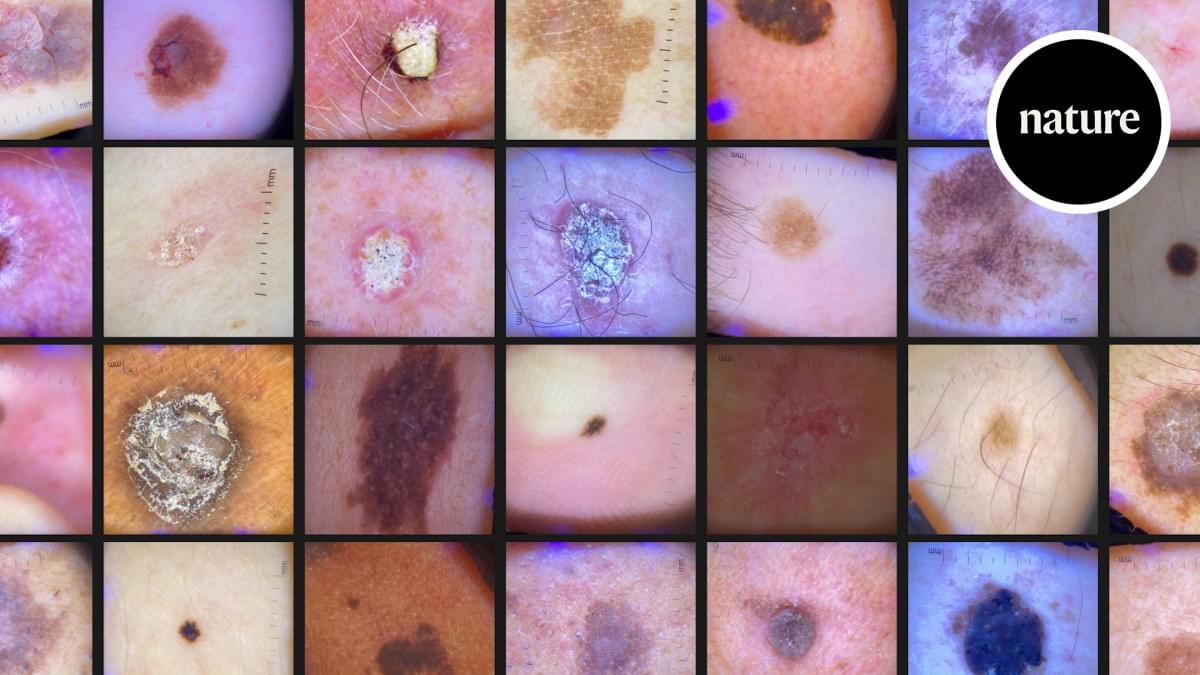
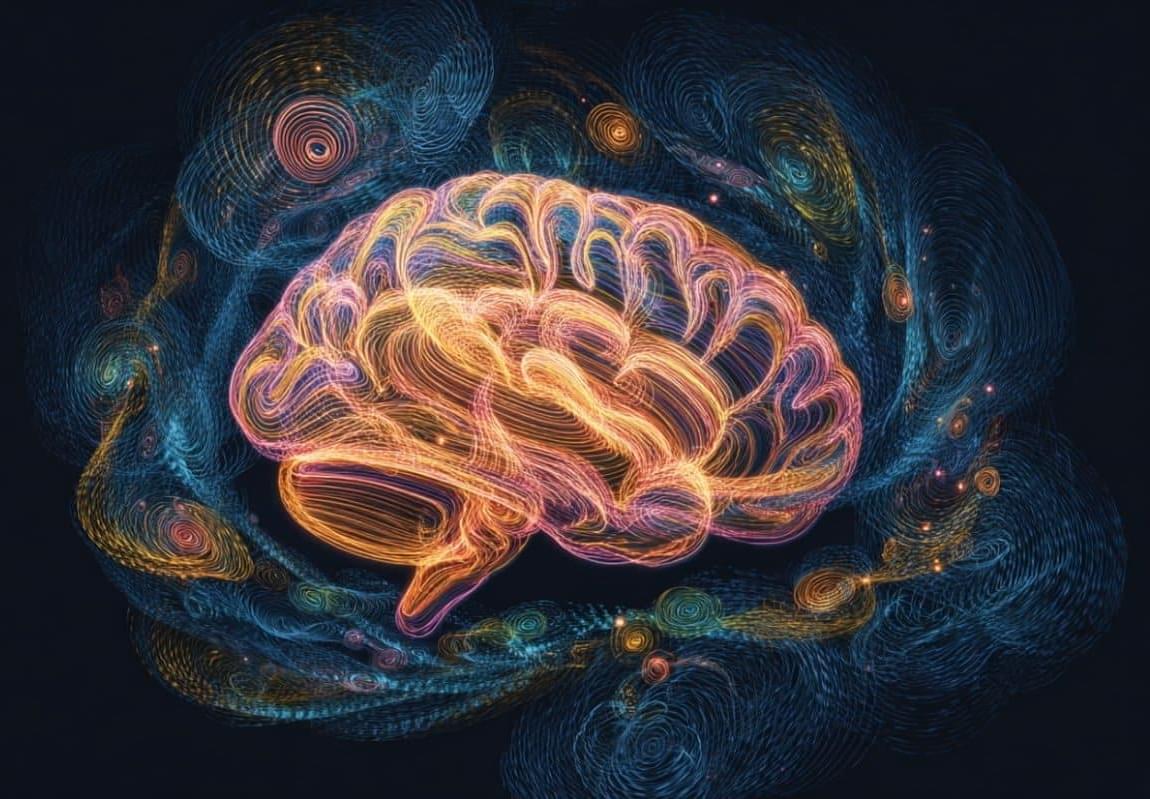
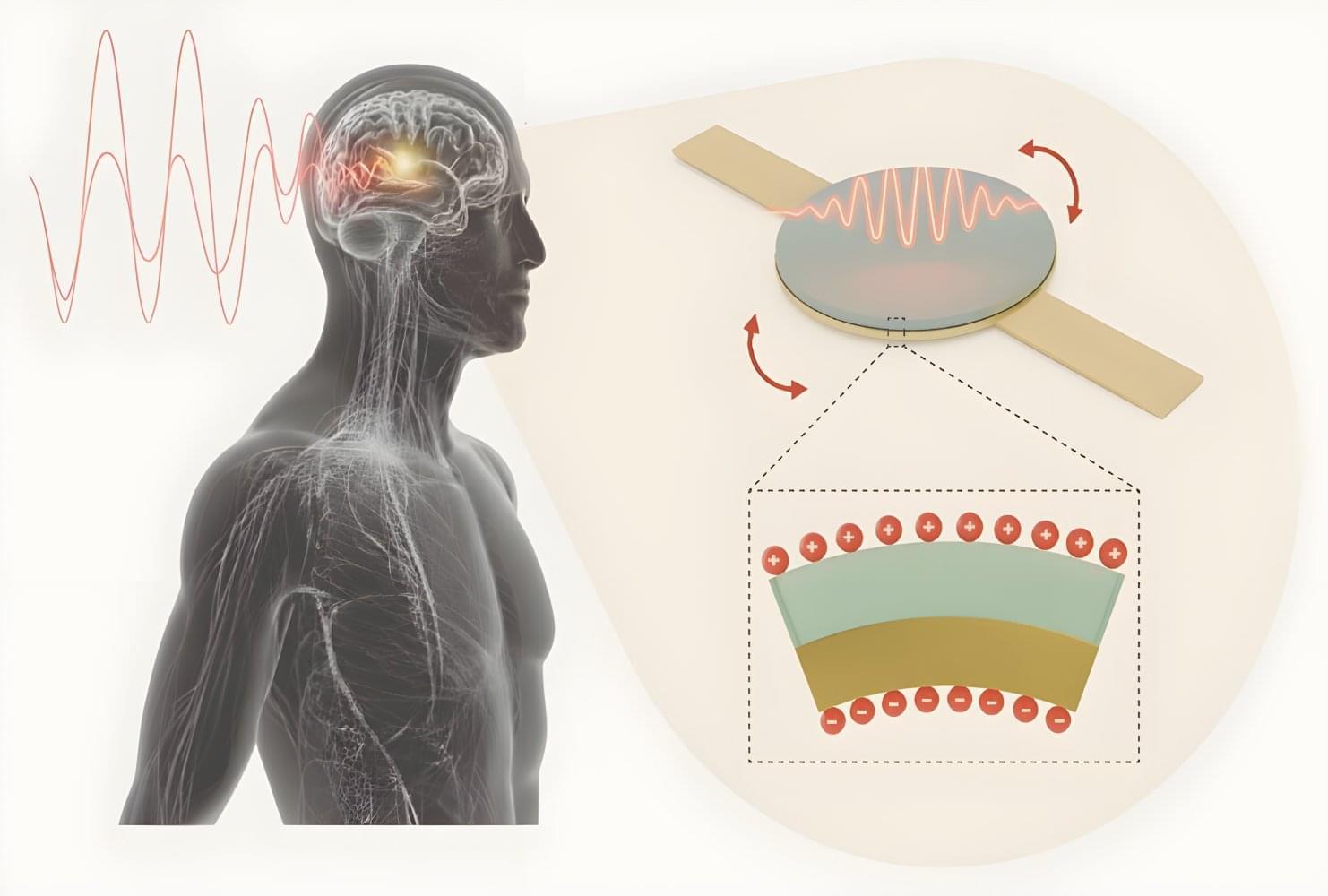
MIT researchers created a needle-injectable, sand-sized magnetoelectric antenna that wirelessly powers deep-tissue implants using low-frequency magnetic fields. The tiny antenna delivers far greater power and safety than conventional antennas, enabling scalable, battery-free, minimally invasive bioelectronic implants.

For the past 250 years, people have mined coal industrially in Pennsylvania, U.S… By 1830, the city of Pittsburgh was using more than 400 tons of the fossil fuel every day. Burning all that coal has contributed to climate change. Additionally, unremediated mines—especially those that operated before Congress passed regulations in 1977 —have leaked environmentally harmful mine drainage. But that might not be the end of their legacy.
In research presented last week at GSA Connects 2025 in San Antonio, Texas, U.S., Dr. Dorothy Vesper, a geochemist at West Virginia University, found that those abandoned mines pose another risk: continuous CO2 emissions from water that leaks out even decades or centuries after mining stops.
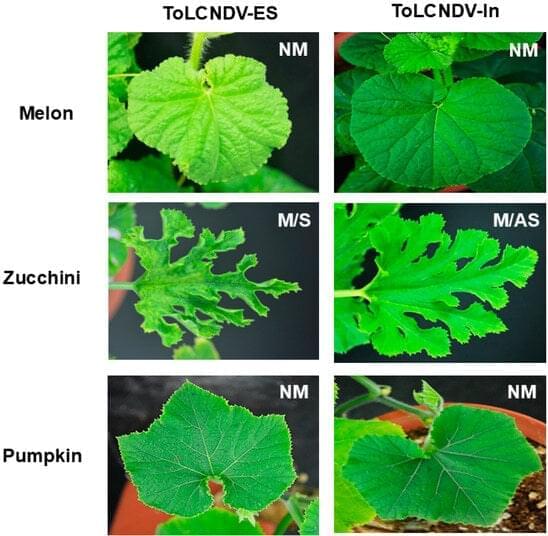
Among begomovirus species, tomato leaf curl New Delhi virus (ToLCNDV) is significant and stands out as a mechanically transmissible bipartite begomovirus originating from the Old World. However, the mechanisms underlying the mechanical transmission of different ToLCNDV strains remain understudied, as their natural transmission occurs via insect vectors. In this study, we investigated the mechanical transmissibility of two ToLCNDVs, one from Italy and another from Pakistan, in host plants. Several cucurbit species were screened, and symptom differences between the two ToLCNDV clones were observed only in zucchini when subjected to rubbing inoculation. The Italian isolate (ToLCNDV-ES) induced typical disease symptoms such as leaf curling, yellow mosaic, and internode stunting, whereas a normal phenotype was observed in zucchini mechanically infected with ToLCNDV-In (Pakistani isolate).

In recent years, neuroengineers have devised a number of new modalities for interfacing with the nervous system. Among these are optical stimulation, vibrational stimulation, and optogenetics. A newer and perhaps more promising technology is sonogenetics.
Sonogenetics, the use of focused ultrasound to control cells that have been made ultrasound-responsive via gene delivery, is moving from compelling papers to a potential platform strategy. From a neurotech commercialization standpoint, the significance of sonogenetics is less about a single lab trick and more about the emerging convergence of three capabilities: precise genetic targeting, durable and safe delivery, and field-robust ultrasound systems that work the first time outside the origin lab.
One commercial firm that may be exploiting this technology is Merge Labs. The startup recently made a big splash with a $250 million investment from Open AI and Sam Altman. While the company has not yet released its website and the technical personnel behind the company have not been identified, it is rumored to be working with focused ultrasound implants and sonogenetics as gene therapy. If Merge and its peers can validate durable expression, predictable dose–response, and reliable outside-the-lab bring-up, a first wave of indications will likely sit at the intersection of neurology, psychiatry, and rehabilitation, with longer-term spillover into human-machine interaction.
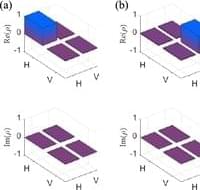
Quantum teleportation was achieved over the internet for the first time
[ https://www.sciencealert.com/quantum-teleportation-was-achie…first-time]
The ability for quantum and conventional networks to operate in the same optical fibers would aid the deployment of quantum network technology on a large scale. Quantum teleportation is a fundamental operation in quantum networking, but has yet to be demonstrated in fibers populated with high-power conventional optical signals. Here we report, to the best of our knowledge, the first demonstration of quantum teleportation over fibers carrying conventional telecommunications traffic. Quantum state transfer is achieved over a 30.2-km fiber carrying 400-Gbps C-band classical traffic with a Bell state measurement performed at the fiber’s midpoint. To protect quantum fidelity from spontaneous Raman scattering noise, we use optimal O-band quantum channels, narrow spectro-temporal filtering, and multi-photon coincidence detection. Fidelity is shown to be well maintained with an elevated C-band launch power of 18.7 dBm for the single-channel 400-Gbps signal, which we project could support multiple classical channels totaling many terabits/s aggregate data rates. These results show the feasibility of advanced quantum and classical network applications operating within a unified fiber infrastructure.
In this paper, I explore the limitations of various modern philosophical approaches to Chalmers’ Hard Problem of Consciousness, highlighting how the MVT/absent Primal Eye framework offers a compelling explanation for the qualitative nature of experience. We invite you to read these findings and share your thoughts on this intriguing intersection of philosophy and consciousness.
(https://www.academia.edu/144710257/Problems_with_modern_Philosophical_Solutions_to_Chalmer_s_Hard_Problem_of_Consciousness_and_how_the_loss_of_the_Primal_Eye_in_early_evolution_seemingly_gave_rise_to_waking_and_sleeping_Subjectivity)
Posthuman University Journal, October, 2025.
Materialist reductions fail to bridge the Explanatory Gap, functionalism fails to capture qualia, dissolutionism fails to account for phenomenal reality, and panpsychism collapses under the weight of the Combination Problem. The MVT/ absent Primal Eye philosophical framework seems to successfully explain the qualitative nature of experience without either denying its existence or creating an equally intractable set of metaphysical mysteries.
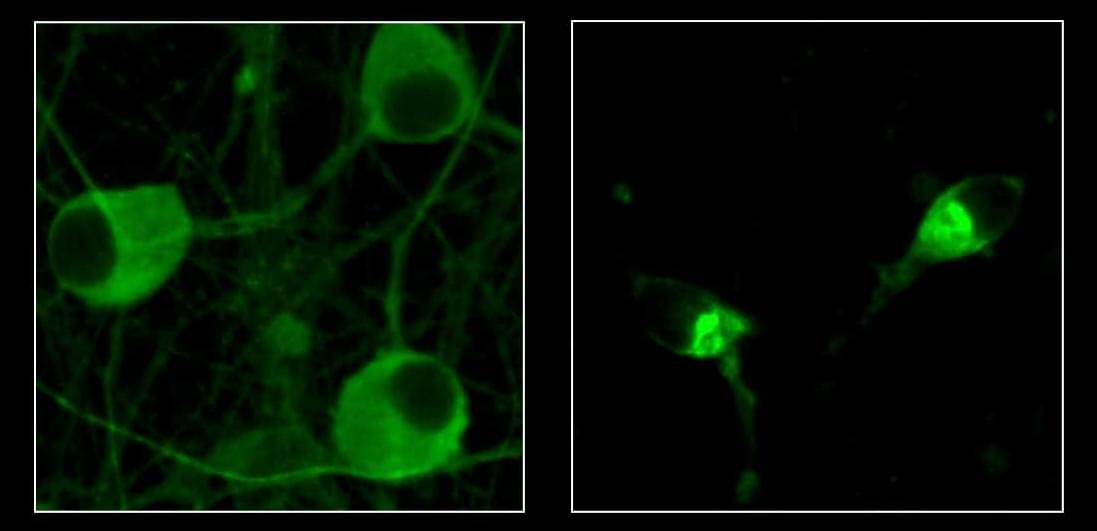
—
What they discovered.
Kampmann’s work, supported by the National Institutes of Science (NIH), maps cellular “decision points” that determine whether brain cells survive or die — laying the groundwork for treatments that intervene before irreversible brain damage occurs.
Using CRISPR-based gene targeting technology that his team helped develop and pioneer the use of in brain cells, Kampmann has identified genes and cellular processes that influence the buildup of amyloid plaque and tau in the brain, two primary contributors to dementia. Thanks to this technology, called CRISPR interference and CRISPR activation, select genes in the laboratory can be turned on or off to protect brain cells from decline.
“We can conduct large-scale experiments that target all the genes in the human genome — 20,000 of them,” said Kampmann, explaining his work after receiving the Byers Award earlier this year. “And that way, we can basically have a little knob on each gene to ask which of all of the genes play a role in a disease.”